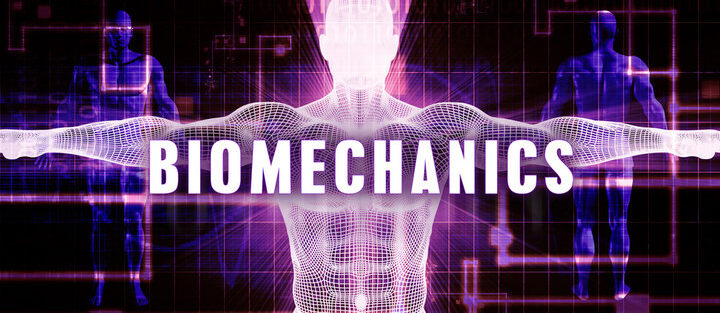Prosthetics have come a long way since their inception, thanks to the advancements in mechanical engineering and biomechanics. By combining the principles of physics and engineering, mechanical engineers have created prosthetics that closely mimic the natural movements of human limbs. In this article, we will explore how mechanical engineering has unleashed the potential of prosthetics and bridged the gap between humans and machines.
Unleashing the Potential: How Mechanical Engineering Transforms Prosthetics
Mechanical engineering plays a crucial role in transforming the capabilities of prosthetics, allowing users to perform a wide range of movements and activities. By understanding the mechanics of human locomotion, engineers can design prosthetic limbs that replicate the natural gait and function of the missing limb. Advanced materials such as carbon fiber composites and titanium alloys are used to create lightweight yet durable prosthetics that enhance the user’s mobility. Additionally, the integration of motors, sensors, and microcontrollers enables prosthetics to adapt to different terrains and respond to the user’s movements in real-time. These technological advancements have revolutionized the lives of amputees, granting them the freedom to engage in activities they were once unable to perform.
Through the use of advanced technologies, mechanical engineering has also made significant strides in the development of bionic prosthetics. Bionic limbs, inspired by the human musculoskeletal system, incorporate robotic components that enhance the user’s strength and functionality. By utilizing electric motors and artificial intelligence algorithms, these prosthetics can provide sensory feedback and enable precise control of individual fingers or joints. This level of integration between man and machine has opened up a world of possibilities for amputees, allowing them to regain a sense of normalcy and engage in activities that were previously out of reach. Thanks to mechanical engineering, prosthetics are no longer just tools for individuals with limb loss; they have become extensions of their bodies, enhancing their abilities and quality of life.
Bridging the Gap: Advancements in Biomechanics and Mechanical Engineering
Advancements in biomechanics and mechanical engineering have paved the way for groundbreaking innovations in the field of prosthetics. Through the integration of advanced sensors and actuators, engineers have been able to bridge the gap between the human body and artificial limbs. These sensors can detect the user’s muscle movements, allowing for intuitive control of the prosthetic limb. By utilizing microprocessors and artificial intelligence algorithms, the prosthetic limb can anticipate the user’s intentions and adjust its movements accordingly. This seamless interaction between the user and the prosthetic limb enhances the user’s proprioception and facilitates a more natural and intuitive experience.
Moreover, the field of additive manufacturing, also known as 3D printing, has revolutionized the production of prosthetics. This technology allows for the creation of customized and highly intricate prosthetic designs, tailored to each individual’s specific needs and body structure. 3D printing also enables rapid prototyping and iterative design processes, allowing engineers to quickly refine and improve the functionality of prosthetics. This has significantly reduced the cost and time required for manufacturing prosthetics, making them more accessible to a larger population.
The mechanics of biomechanics and mechanical engineering have transformed prosthetics from simple tools to sophisticated extensions of the human body. Through the integration of advanced technologies, prosthetics now offer users a level of functionality and control that was once unimaginable. With ongoing research and advancements, we can expect to see even more remarkable innovations in the field, further enhancing the lives of individuals living with limb loss. As mechanical engineering continues to push the boundaries of what is possible, the future of prosthetics looks brighter than ever.



